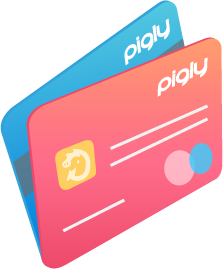 Credit Card Amortization Calculator
Credit Card Amortization CalculatorThis calculator shows how much interest you will pay until your credit card balance is extinguished using either fixed or minimum monthly payment amounts. After you have concluded your calculation you can use the [payment schedule] button at the bottom of the calculator to create a printable amortization schedule of your payments.
If you select the minimum payment percentage option when monthly payments fall below $10 we will apply a $10 mininum until the card is paid off.
Guide published by Jose Abuyuan on January 13, 2020
If you have credit card debt, you’re one of thousands of Americans struggling to clear their balance.
The Federal Reserve Bank states that the total credit card debt reached $1.088 in October 2019. That’s an increase of 8.8 percent from September 2019. CreditCards.com also report that the average credit card debt per American adult is around $5,673, which can take a long time to pay off.
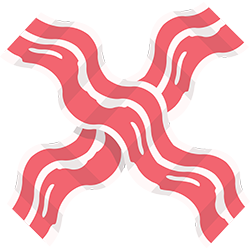
Part of the problem is high interest rates that encourage long payment terms. Even if you always pay on time, it can be difficult to get out of debt. That’s because most of your payment goes toward interest rather than your actual debt.
To help you pay credit card debt sooner, start doing these important steps:
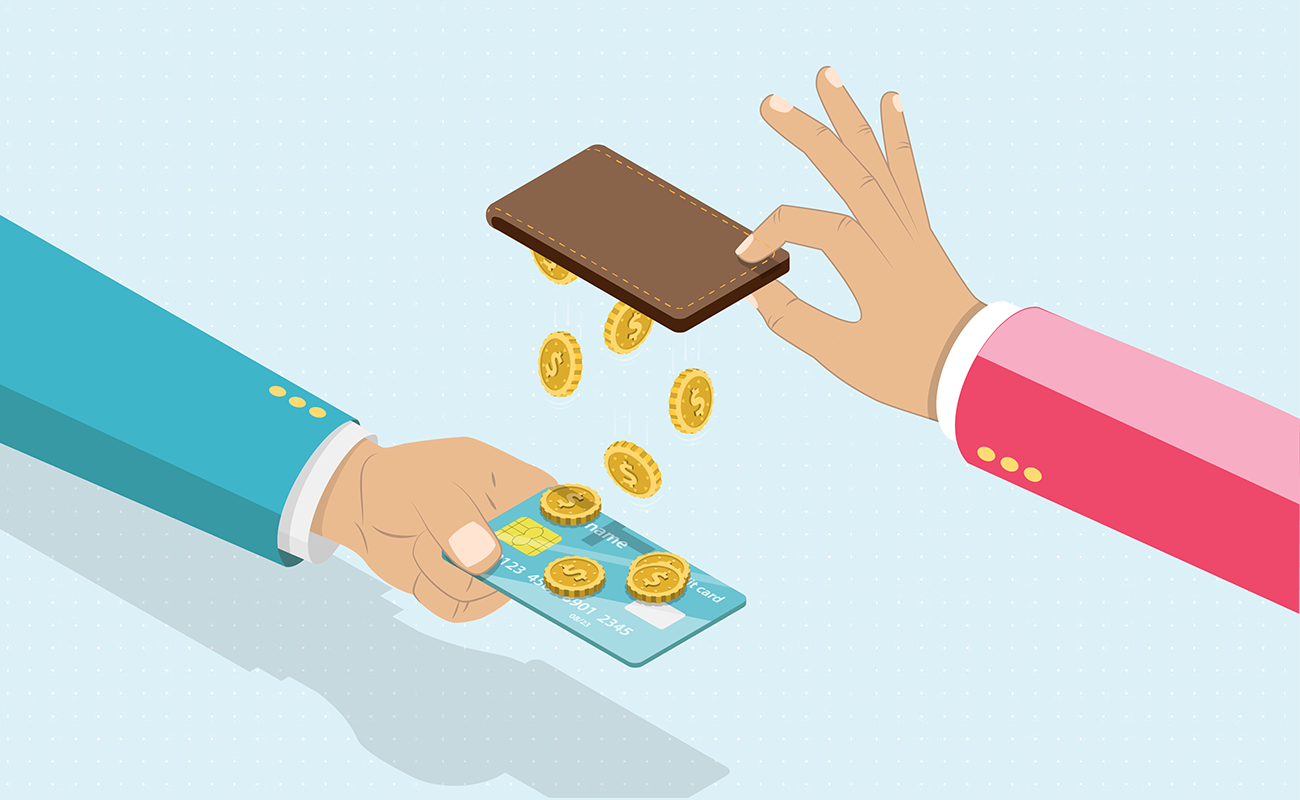

Reduce your credit card balance by paying more than the minimum fee. Doing so can decrease your debt-to-income ratio (DTI) and help improve your credit score.
Exceeding the minimum payment ensures more of your money goes to your principal, which is the actual debt you owe. If you only make minimum monthly payments, it will take longer to clear your balance.
For example purposes, let’s say your balance is $2,000 and your minimum payment is $120. The table below shows how long it would take to pay it with minimum payments versus adding $100 more each month.
Credit card balance: $2,000
Annual percentage rate (APR): 20%
| Credit card | Minimum payment | Paying $100 more |
|---|---|---|
| Monthly payment | $120 | $220 |
| Total amount to principal | $2,037 | $2,013 |
| Total interest | $363 | $187 |
| Est. Pay Off Time | 20 months (1 year and 8 months) | 10 months |
Explanation: Minimum payments will take you 20 months to pay the balance. However, you can clear your balance in 10 months if you pay $100 more each month. You spend almost twice as much interest if you only pay the minimum. If you pay it within 10 months instead of 20 months, you save $176.
There are dire consequences when you repeatedly miss payments. It spells bad news for your credit report and may eventually lead to toxic debt.
First, creditors charge for late or missed fees. This penalty will reflect on your next billing statement, which can go as high as $39. Next, if you exceed the due date by 60 days, brace yourself for a higher interest rate. This increases your finance charge, which is the cost of holding a balance beyond the prescribed period.

Eventually, high interest rates make it really expensive to keep your balance unpaid. This is how credit card debt can turn toxic. When this happens, it will be a lot harder to pay it off.
To avoid more debt, it’s crucial to never miss credit card payments. Get an auto debit arrangement with your bank to ensure it‘s paid monthly. You can set it to the minimum fee or pay a bit more to help clear your balance sooner.
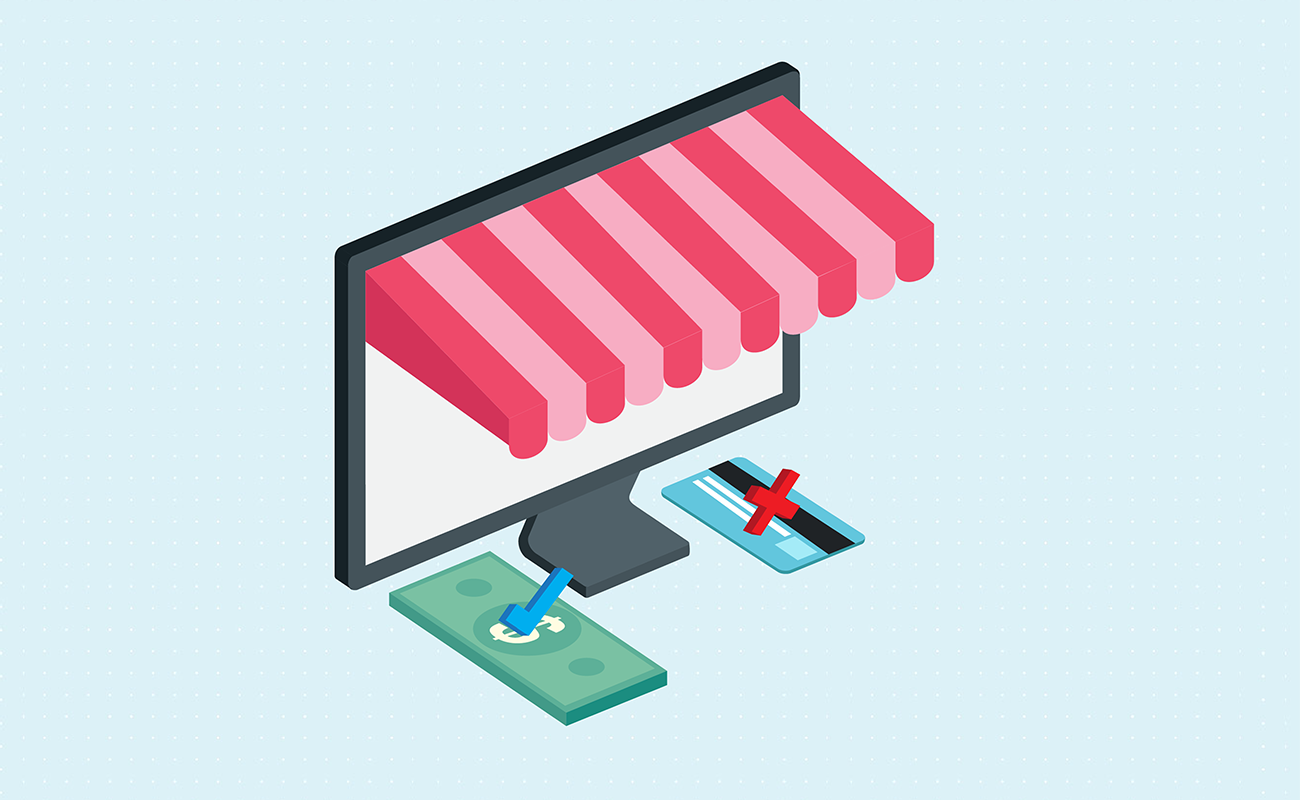
Take time to evaluate your spending habits. How much of your salary goes to items you need? Cross out unnecessary bills. These include unread magazine subscriptions, cable, and other costly membership fees.
Stop using your credit card. To spend less, use cash or a debit card. Daily purchases add up, so make a budget and stick to it. For instance, consider going to your favorite restaurant less. Instead of going to the coffee shop daily, how about going twice a week? Moreover, don’t fall for online shopping schemes.

Control your spending so the extra money can pay your credit card debt. While tightening your belt, just imagine how great being debt-free will be. The sacrifices are worth it.
Apart from saving, make use of any large funds you get throughout the year. Resist the temptation to splurge and use this windfall to pay down your existing balance. Whether you use work bonuses or cash gifts from your loved ones, it can help you make extra payments.
Once you are focused on becoming debt-free, it won’t be difficult to stop yourself from spending it. You can use the following lump sum funds to pay down credit card debt:
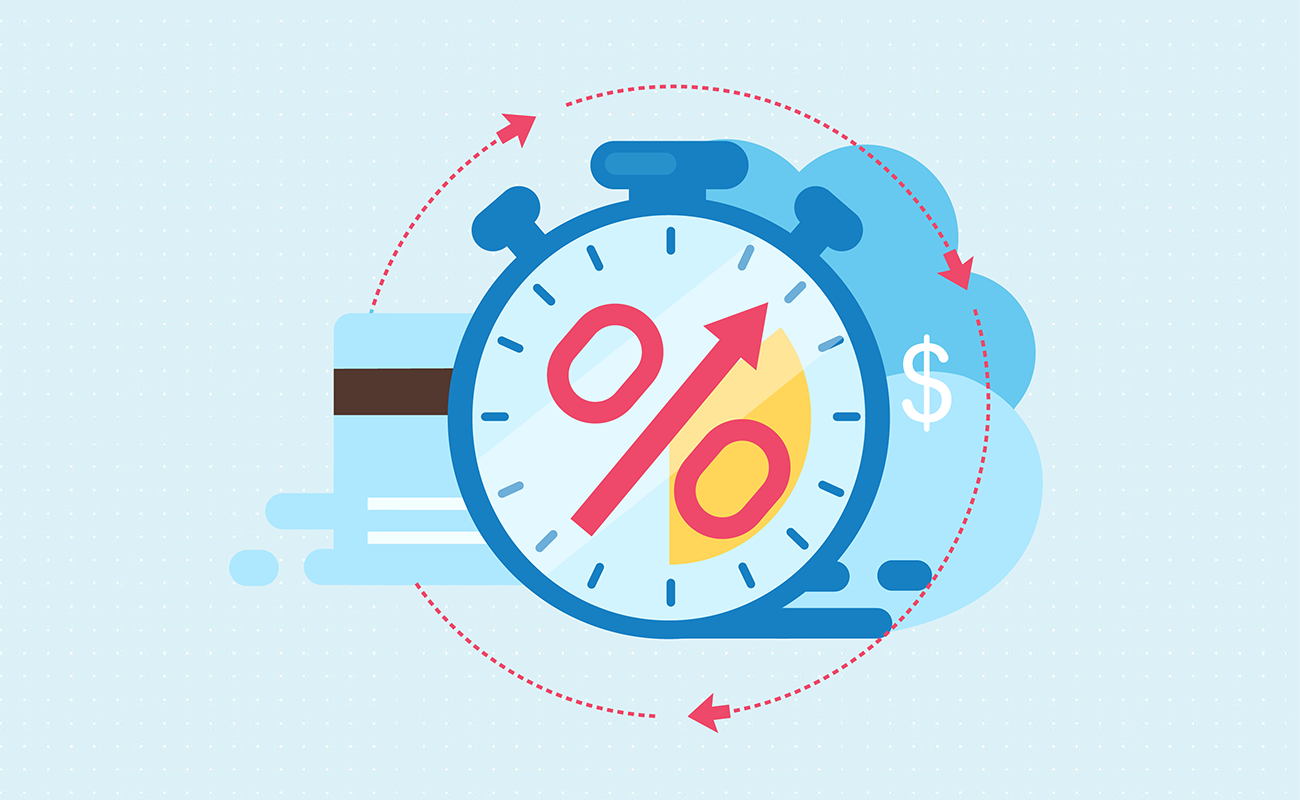
When it comes to debt elimination, financial experts recommend two effective pay down strategies.
CPA and financial mentor Michele Cagan states you can use two effective methods to wipe out debt. In her book, Budgeting 101: A Crash Course in Budgeting, Cagan discusses the avalanche method and the snowball method.
The avalanche method prioritizes paying credit card debt with the highest interest rate. On the other hand, the snowball method concentrates on credit card debt with the lowest balance, regardless of the interest rate.
Whether you prefer to use one over the other, you still need to keep doing of the following tasks:
The avalanche or debt stacking method makes you list down all your debts. It ranks them from the highest interest rate to the lowest.
Take the list below for instance. If you have three credit cards, it will look something like this:
In the example above, Visa has the highest interest rate. It should be your focus debt, with all your extra money going to pay it off.
Over time, when your Visa is paid off, move on to Mastercard. Note that your Mastercard will take the longest to pay because it has the highest balance. Do this strategy until all your credit card balances are wiped clean.
From a mathematical point of view, Cagan states that the avalanche method is faster. It helps you save the most money by spending less on interest.
In the snowball method, you list down all your credit card debt from the lowest balance to the highest. Regardless of interest rate, you prioritize paying the one with the lowest balance.
If we use the same credit card details above, your list will look like this:
In this example, your focus debt should be American Express. Once that’s paid off, move on to Visa, followed by Mastercard, which has the highest balance.
According to Cagan, more people seem to accomplish their goal with the snowball method. This is because the strategy helps motivate people clear out their debt. Debt with lower balance is technically easier to pay. Achieving this encourages people because they see immediate progress.
However, unlike the avalanche method, you will not save as much in interest. But the good news is you can erase one of your credit card’s balances faster.
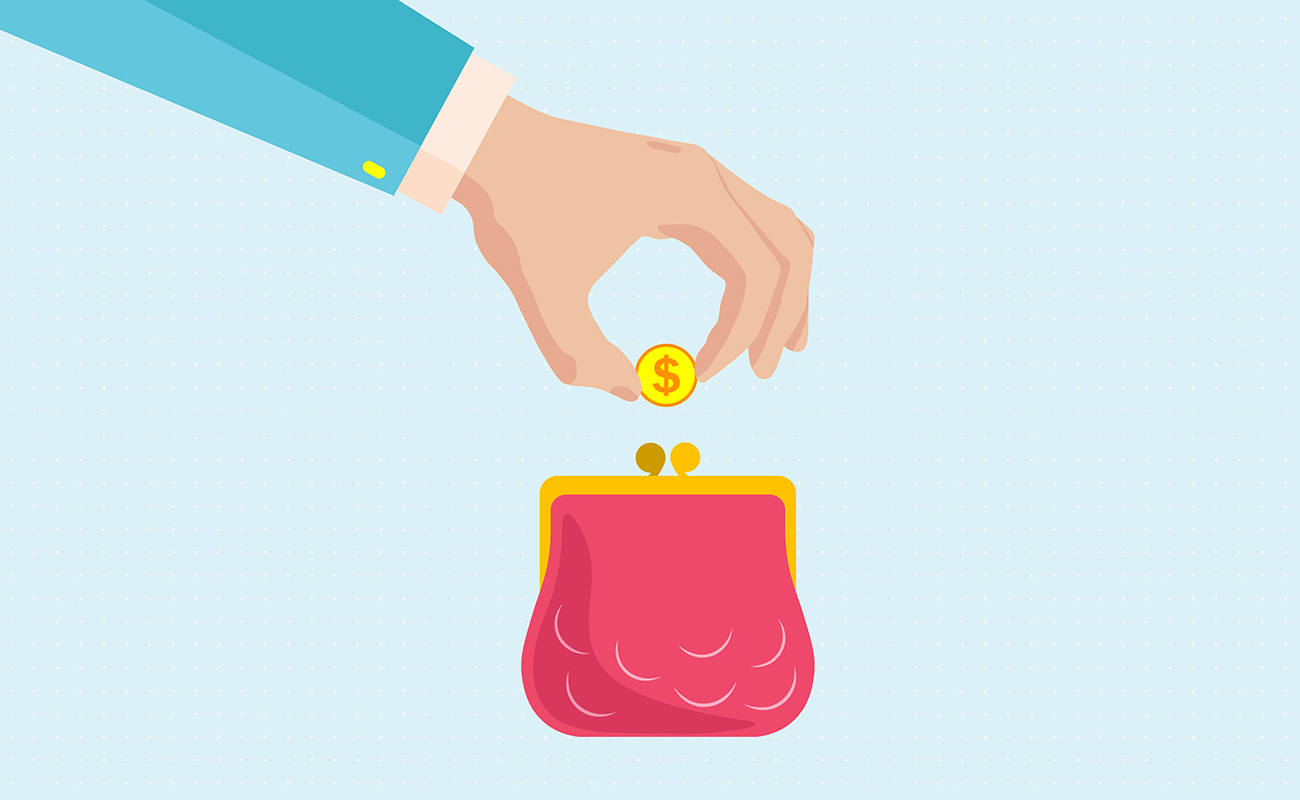
A snowflake is basically any extra amount or sudden money that can go towards paying debt. This is anything from your birthday money, tax refunds, to $20 bills under your couch.
Using snowflakes means saving those funds to go toward your focus debt. Even if it’s just $20, if you gather extra change, that can build up to $80 a month. The key is to make sure this money goes to extra payments on your credit card.
Again, paying more than the minimum can help wipe out your balance and interest charges sooner.
If you have consumer debt, start prioritizing it now. Make sure to make extra payment and never miss due dates on your credit card. When it comes to spending, pay in cash or use a debit card instead. It’s crucial to cut down on expenses and create a practical budget.
Try debt payment methods such as the avalanche, snowball, and snowflake methods. If you find one does not work for you, don’t stop there. Keep on trying. What matters is you keep reaching your goal.
Credit cards are an inevitable part of consumer culture. But unless we all learn how to manage it properly, it may lead us into constant debt.
Jose Abuyuan is a web content writer, fictionist, and digital artist hailing from Las Piñas City. He is a graduate of Communication and Media Studies at San Beda College Alabang, who took his internship in the weekly news magazine the Philippines Graphic. He has authored works professionally for over a decade.